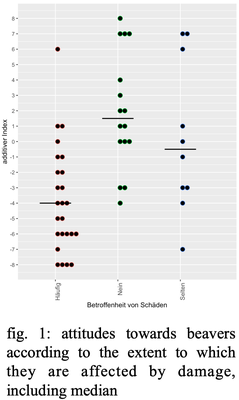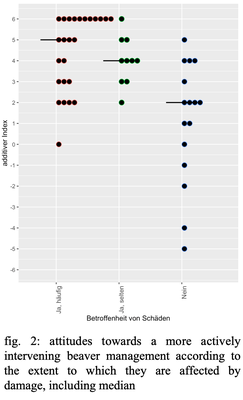Beaver management in the Biosphere reserve Spreewald: Attitudes towards beavers and management actions
Gero Willmann
With the implementation of conservation measures and efforts to support restorations across Central Europe many mammal species are recolonizing their once native ranges with the continents biggest rodent, the European beaver (Castor fiber), being one of them. Due to the steadily increasing population numbers, the population could stabilize, so that C. fiber are no longer threatened with extinction today. Especially eastern Germany has been populated by the rodent, so nowadays European beavers occur almost area-wide in the German federal state of Brandenburg. Since C. fiber are able to alter habitats significantly by cutting trees and building structures such as dams in a widely anthropogenic influenced and used environment, conflicts between humans and beavers emerge. Taking the Biosphere reserve Spreewald as the research site the aim of this study is to conduct a quantitative survey in order to assess the attitudes of land users from the Spreewald towards beavers and beaver management measures, which have been established by the Brandenburg government in order to ease the conflicts. After reaching the target of 50 fully completed questionnaires the results show that especially land users that have been affected by damages done by beavers (see fig. 1) have a rather negative opinion on beavers and a fairly positive attitude towards beaver management measures that would intervene more strongly and actively in the population size of beavers (see fig. 2). Since many territories in the Spreewald are still unoccupied and the beaver population in the Biosphere reserve is still growing the number of conflicts is likely to increase over the next couple of years. Therefore conducting further studies on attitudes on a representative scale will be crucial for following management adaptions.


